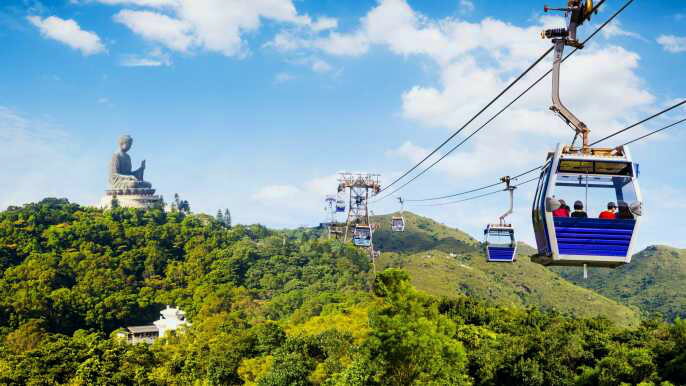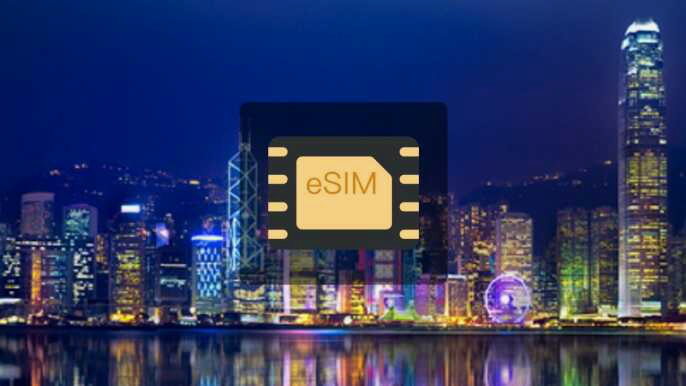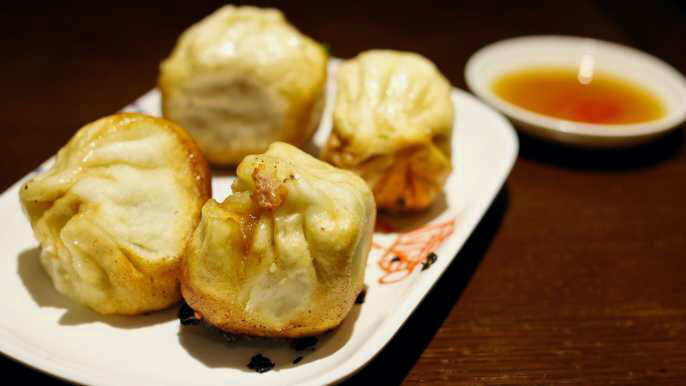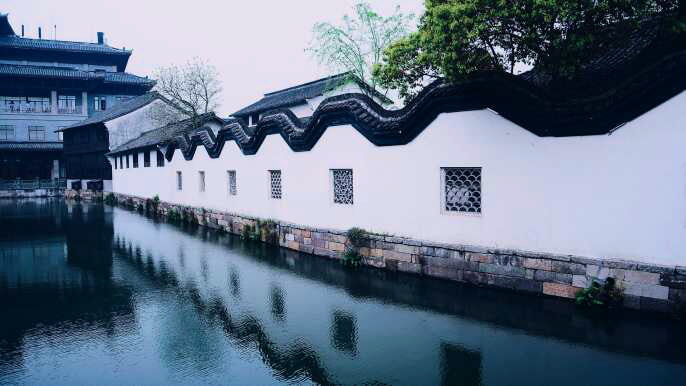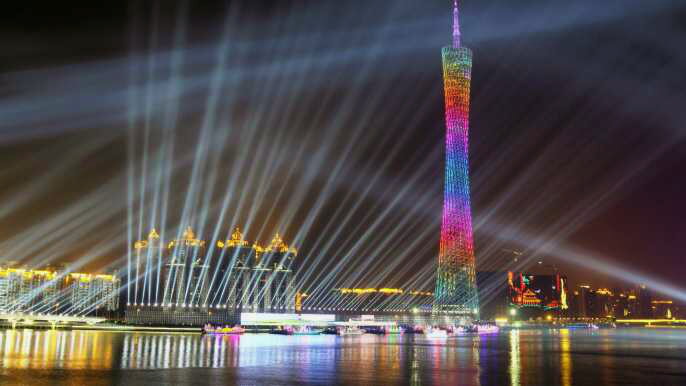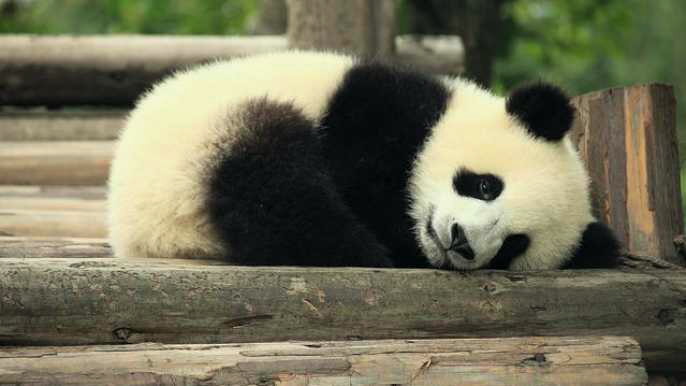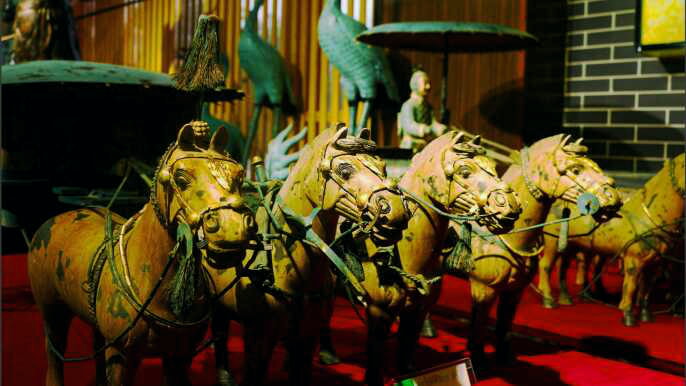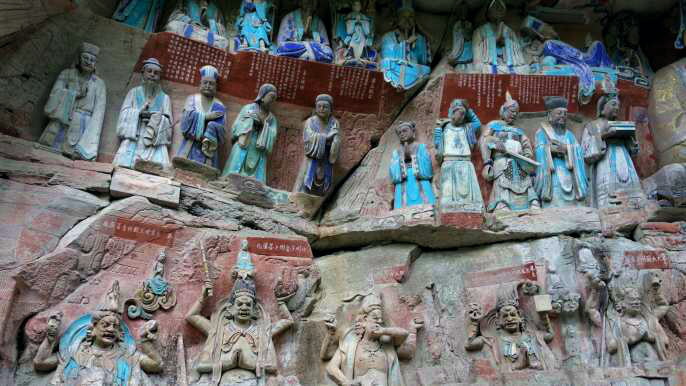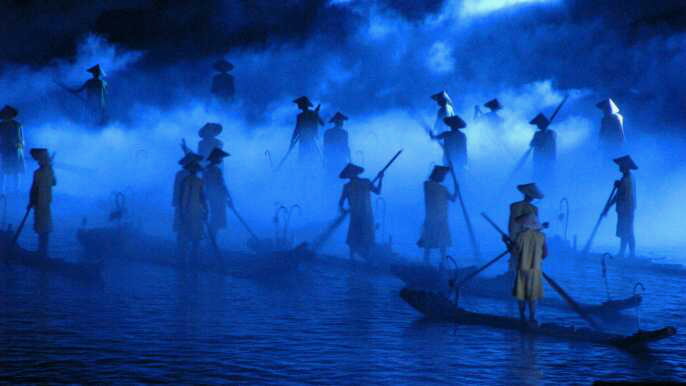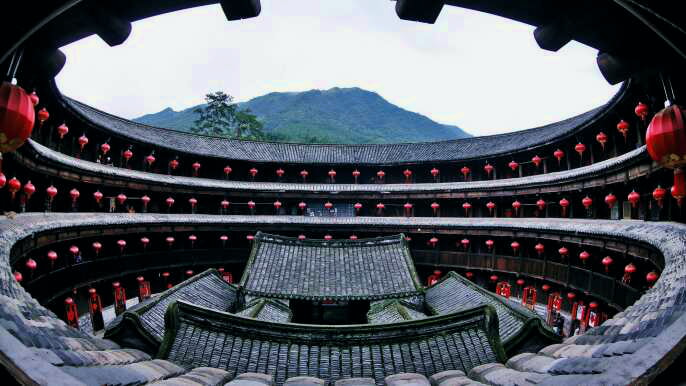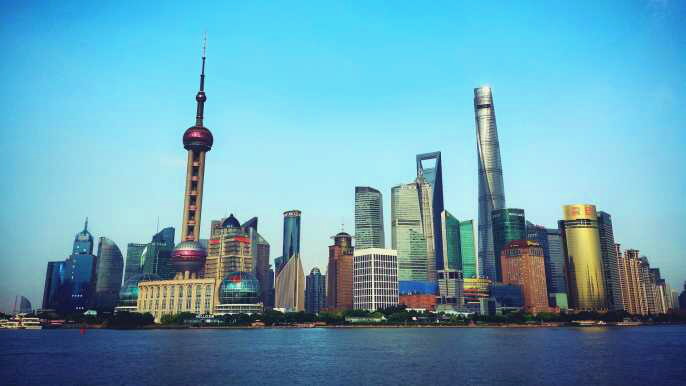Macau is a popular destination with unique cultural influences. It’s a mix of historical temples, fancy buildings, stunning gardens and posh resorts.
One of the best things to do in Macau is to spend a few hours admiring all the buildings that are reeking of Portuguese art. These are part of The Historic Centre, a UNESCO World Heritage Site.
A-Ma Temple
One of the three famous Buddha halls in Macau, A-Ma Temple is an exemplary representation of Chinese culture inspired by Confucianism, Taoism and Buddhism.
Located halfway up the western slope of Barra Hill, this awe-inspiring complex is comprised of Ming dynasty shrines, prayer halls, pavilions and gardens creeping up the hillside. It is a working temple, and especially busy during the A-Ma festival in April and May when visitors can explosion of fireworks to welcome the goddess.
The first structure you enter is the Gate Pavillion guarded by two stone lions. To the right sits a memorial arch with the prayer hall (built in 1605 and rebuilt in 1629) behind it.
A-Ma, also known as Mazu in neighbouring Hong Kong, is the sea goddess who protects sailors and fishermen. She is an important deity in the Macao region. She is a powerful spirit who can help you predict good or bad luck and ward off any calamities that could threaten your safety.
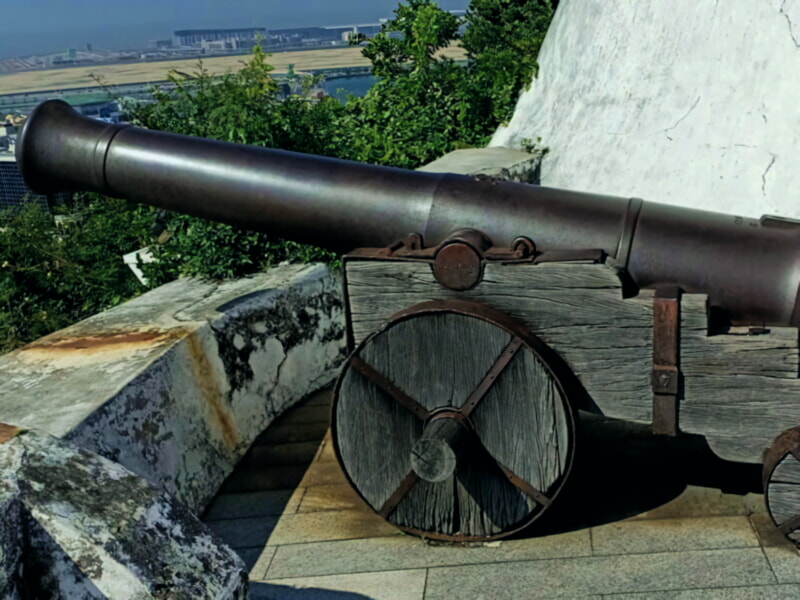
Guia Fortress
Located on the top of Guia Hill, Guia Fortress is one of the historical sites in Macau’s Historic Centre, a UNESCO World Heritage Site. It features a chapel and lighthouse.
The complex was built to protect the city from sea threats. Its barracks, water cistern, ammunition and equipment stores, commander’s house and chapel are still intact today.
Visitors will also find a circular observation platform, a cafe and a tourist information center. Next to the lighthouse is a charming chapel that dates back to 1626 and has an image of the Virgin Mary.
Guia Fortress and Lighthouse are a popular attraction for travelers who wish to see a traditional Portuguese-style fort, as well as some interesting artifacts. They can be visited as part of a multi-day tour to Hong Kong or Macau, or on a day trip from Hong Kong.
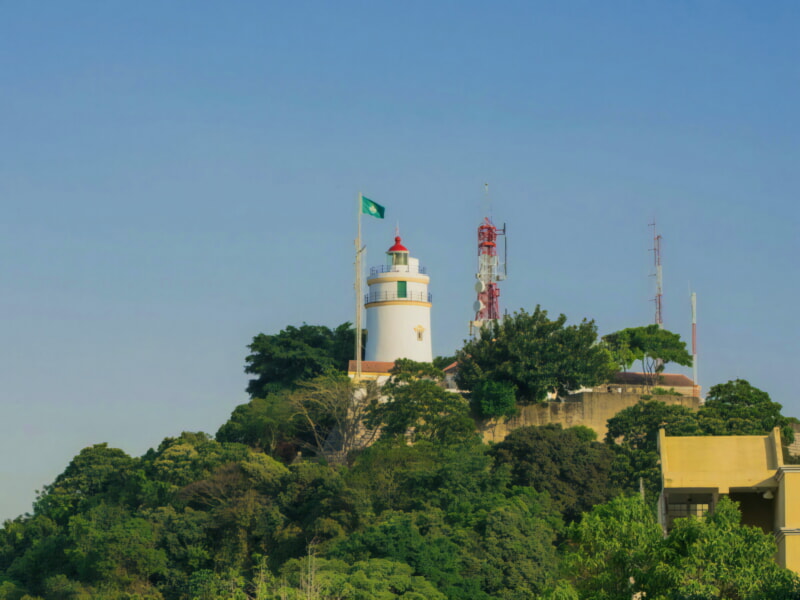
Macao Art Museum
The Macao Art Museum is one of the city’s largest and most comprehensive public arts spaces. It features Chinese paintings and calligraphy of the Ming (1368-1644) and Qing (1644-1911) dynasties, ceramics, stoneware, seals, Western paintings, plus contemporary local art.
The museum also has a collection of historical paintings by British painter George Chinnery and others, depicting scenes and people from Macau and Guangdong as they were long ago. There are also European landscapes and scenic works that depict Macau during its time as a Portuguese colony.
This museum is free to visit and contains some interesting items on display. It includes historic tea sets, tea house adverts and packages as well as some interesting export tea paintings.
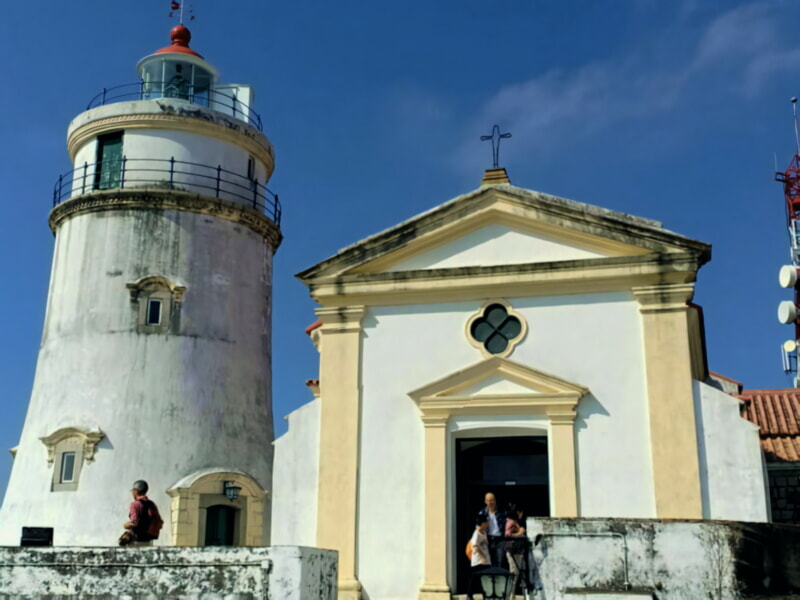
St. Paul’s Ruins
A UNESCO World Heritage Site since 2005, the ruins of Macau’s St. Paul’s College and the Church of Mater Dei are one of the city’s most popular landmarks.
- The granite facade has a baroque/mannerist design that’s unique in China. It has five tiers from the bottom up and a distinctive cross symbolizing redemption at the top.
- It’s worth paying attention to the stone lions at the sides of the third and fourth tiers, as well as bas-reliefs in designs of chrysanthemums and cherry, Chinese inscriptions, and other details that reflect a perfect fusion of Western and Eastern cultures.
- After a restoration in 1990 and 1995, a museum was built behind the ruins that features paintings, sculptures and religious relics from churches and monasteries in Macau. Visitors can also visit the crypt containing the bones of 17th-century Japanese and Vietnamese Christian martyrs or take a tour of the museum.

